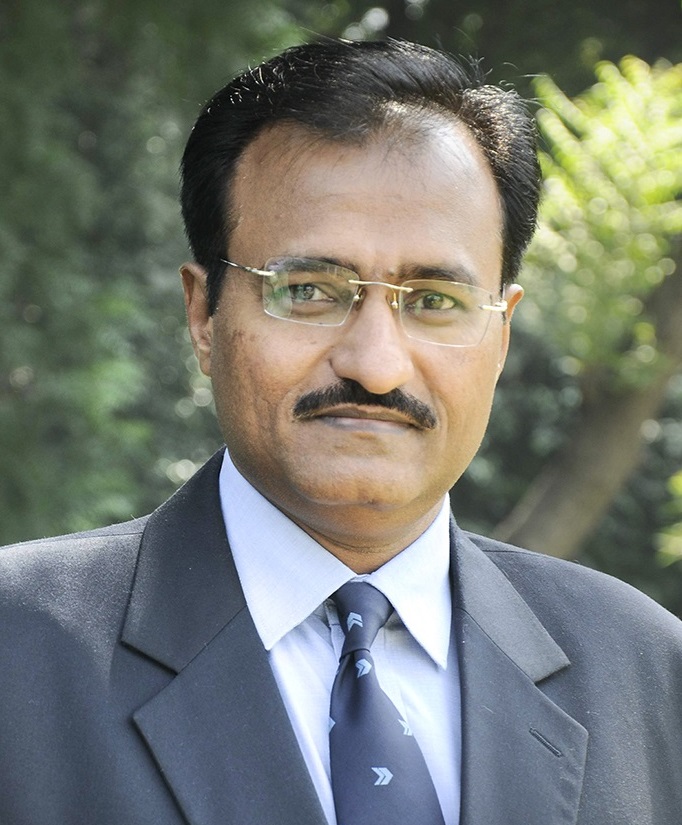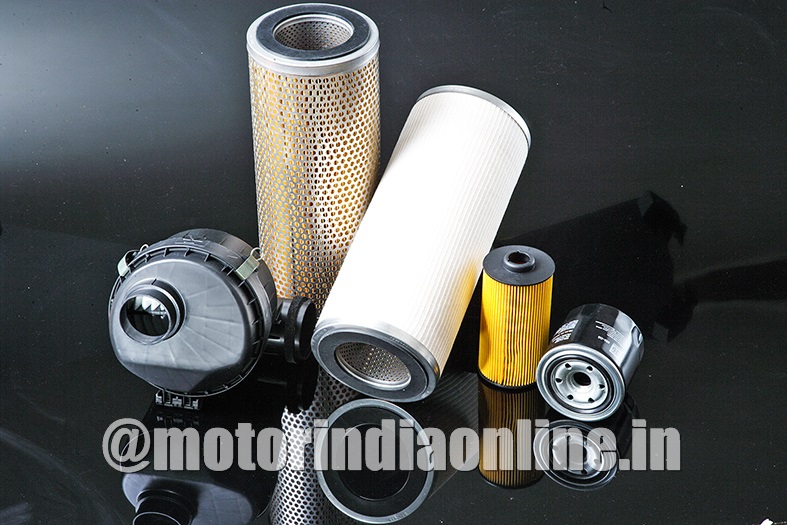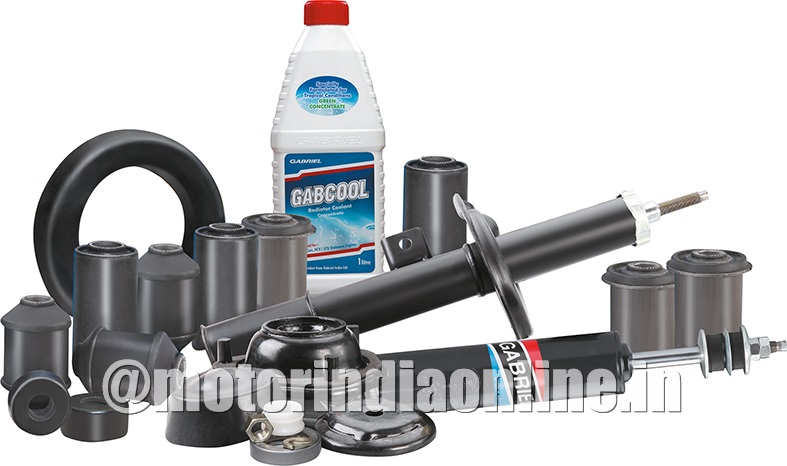The aftermarket expertise of ANAND Group companies needs no introduction. Through an exclusive interaction with Mr. Tanuj Goyal, Vice President – Group Aftermarket, we try to get a grasp of latest trends and happenings in the aftermarket space, from the vantage points of the automotive conglomerate and the replacement market in general.

With an aftermarket basket of 50+ products over 6,000+ SKUs and a distribution network comprising over 2,500 dealers and 12 pivotal centres, ANAND Group is one of the major auto spares players in the Indian aftermarket. Its offerings span across all vehicular segments and customer bases, including spares categories of vehicle maintenance, chassis and powertrain, motor oils and transmission fluids, thermal management, and emission control systems.
In the last two years, the automotive aftermarket space has been facing multiple threats and undergoing humongous changes out of macro-economic reforms – especially demonetisation and GST regime. The market outlooks are also wavering to extreme ranges, along with changing buyer preferences, making the replacement market highly volatile and dynamic than even before. In the outset of FY2020, we tend to ask the quintessential question – is this dreary scenario likely to extend further or can we expect some stability in the period ahead?
Back on track
Mr. Tanuj Goyal of ANAND Group Aftermarket is optimistic that exciting times are ahead for this sector, way past any major doldrums from outside the confines of automotive industry. The externality impacts in the last two years unravelled a mixed bag of impacts, he says, involving a heavy backlash due to the aforementioned policy reforms, along with some gains and course correction. “Especially with GST, there were issues with compliance, but nothing gets transformed in a quick span of time either. We have come out of rough times now”, he adds.
“From observations of our distribution network, we see both the trading communities and customers showing active spirit in adopting to GST framework, as it promises benefits of simplified taxation, transparency in accounting, and ease of doing business”, Mr. Goyal said. He also pointed out to the massive level of digitisation of the entire ecosystem, usurping various business processes at different levels of manufacturing and aftermarket channels, as a latent effect of these policy reforms.
With the situation settling, the usual challenges and determining factors are back to priority. This includes sales pressures on engine-related components owing to prolonged life span and replacement periods out of improved technology, strengthening up of OEM spares network, and so on. Although, post-GST has kicked-up long haul of commercial vehicles, which can push more sales volumes in the aftermarket, according to Mr. Goyal. He does acknowledge the presence of liquidity crisis at some levels in the economy, with B2B and commercial segments hit hard, while also forcing end customers to postpone new vehicle purchases and repair their existing ones.
Cheering times for ANAND
For ANAND Group, the year 2018 turned out to be satisfactory, posting a growth rate more than that of market average. “This has always been out vision to outrun market performance and maintain a healthy growth pace in aftermarket”, says the Vice President, while making positive predictions for 2019 except for a slight turbulence out of upcoming general elections. He added that the group companies are bringing in new initiatives at internal levels and distribution channels, along with a host of new product offerings, which he hopes to make a significant impact on the aftermarket performance.
Exciting times are ahead for aftermarket space in India. There has been a mixed bag of impacts out of various economic reforms, but new-found opportunities out of various disruptive trends including digitisation of processes and e-commerce can positively transform this automotive space in a big way.
– Mr. Tanuj Goyal, Vice President, Anand Group Aftermarket
In terms of numbers, about 8 per cent of the group’s revenue is attributed to its aftermarket business. Almost half of aftermarket sales comes from passenger cars segment, according to the company, while another quarter is sourced from CV-related spares. Two- and three-wheelers, CE and off-highway, and tractors contribute to rest of the revenue from aftermarket sales. ANAND Group’s aftermarket portfolio represents its companies and JVs including Gabriel India, Haldex India, Ansysco ANAND, Anchemco ANAND, MAHLE Behr India, Spicer India, Valeo Friction Systems, MAHLE ANAND Filter systems, ANAND iPower and Federal-Mogul ANAND Bearings and Federal-Mogul ANAND Sealings.
Yet another positive effect of GST is the narrowing gap of price levels between spurious or sub-standard products and branded products by organised manufacturers. “The price difference has always been a pull factor for the former category to lure customers. Now the extra premium one has to pay for quality products is minimal, creating a fair play for organised players”, Mr. Goyal observes. However, now a greater opportunity has arisen for small players and unknown brands to go for private labelling, thereby encouraging alternative products for customers to choose. “In the whole bargain, everyone gains something including buyers, thereby strengthening the aftermarket”, he adds.
New opportunities
E-commerce is another trend that is making huge momentum in the replacement market. Notes Mr. Tanuj Goyal: “With digitisation comes the new potentialities of online trade. Although a majority of portal sales of spares are DIY consumables by end-users, the appeal for DIFM products are also increasing. The e-commerce has also shortened the gap between the manufacturer and the end-user, offering a renewed thrust for all stakeholders”.
ANAND Group company products are listed on Amazon while a lot of independent distributors and dealers have also listed their offerings in various other online platforms as well. The presence on e-commerce portals will enhance the company’s “reachability” to the entire value chain. Automating and streamlining various related processes like customer engagement, incentive management for secondary markets, and so are also on priority, he added.
On the question of aftermarket disruption post the advent of BS-VI emission norms, Mr. Goyal does acknowledge that the increased technical sophistication is a potential threat to aftermarket business, but no immediate impacts predicted. “Usually, the demand for replacement spares kicks in after 3-4 years, giving ample time for roadside garages to get more organised and learn the know-how. With the independent, multi-branded chain of workshops coming up, there is again going to be a stabilised competition against OE-authorised spares and service network”, he explains.

